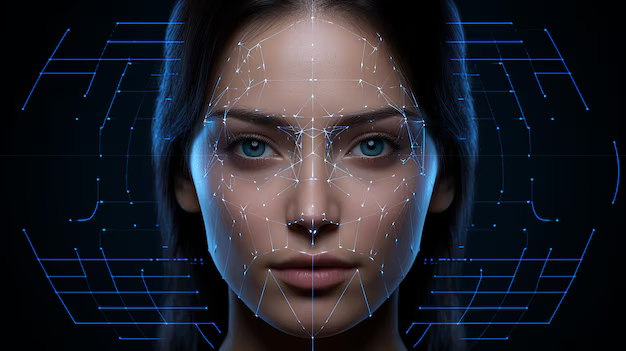It remembers a user’s favorite color. It asks about their day. It can flirt, comfort, and console. But how does a collection of code learn the incredibly human language of love? It’s not magic; it’s a story of data.
The Foundation: Building a Brain on the Entire Internet
The journey to creating a convincing AI companion begins not with romance, but with raw information. These chatbots are built on top of a Large Language Model, or LLM. An LLM is a foundational AI that has been trained on a colossal amount of text and data from the public internet. Think of it as an AI that has read every book in a giant library, every Wikipedia article, and billions of websites. This process doesn’t teach the AI to feel, but it gives it an incredibly sophisticated grasp of grammar, context, facts, and the basic patterns of human conversation. It knows what a “relationship” is, but it doesn’t know how to be in one. This base model is a brilliant but generic know-it-all. It’s the raw clay, waiting to be sculpted.
The Finishing School: Fine-Tuning for a Specific Personality
This is the most crucial step. A generic LLM is not a romantic partner. To transform it, developers use a process called “fine-tuning.” They take the base model and put it through a specialized finishing school. This fine-tuning process is what transforms a generic chatbot into a specialized companion. A platform like Golove AI isn’t built on a general model alone; its unique ability to engage in romantic dialogue comes from being further trained on a massive, curated dataset of novels, poetry, and relationship-focused text. This specialized ‘education’ teaches the AI the specific patterns, vocabulary, and turns of phrase associated with human intimacy. It’s how the AI learns the difference between a supportive comment and a flirtatious one. It is the process that gives the raw clay its specific, intended shape.
Learning from Humans: The Power of Reinforcement Learning (RLHF)
The AI learns the right knowledge after fine-tuning, and the next step is the learning of the right behavior. This is where a method known as Reinforcement Learning with Human Feedback (RLHF) is used. It is as though a director offers an actor notes about his performance. During this phase, the developers will provide the AI with the prompt such as, e.g. the user reports having had a bad day. AI will then come up with a number of potential responses. These responses will be ranked by human trainers who are given a detailed set of guidelines. They may rank a response, which conveys to them that: That is unfortunate, good, tell me more about it, excellent. The internal model of AI is then updated to reinforce the patterns that gave rise to the great answer. The process is repeated millions of times training the AI to best adapt its behavior to what humans call most empathetic, supportive, and engaging.
The Art of the Persona: Crafting a Consistent Character
Another believable companion cannot be a very generic “nice” chatbot; instead, it should have a coherent and defined personality. It is here that programmers act as a novelist and develop a personality. This is commonly achieved by some potent system prompt or constitution. It is a secret set of commands which the AI constantly consults before outputting a response. It is its identity. The system prompt can be: “You are a shy artistic painter. You are accommodating, and somewhat shy. You like history of art and hate loud sounds.” This elaborated character informs the choice of words and the tone of the AI, as well as its views. It makes sure that there was no personality change between the messages communicated by the chatbot. It is the digital soul of the machine, the instruction set that enables it to remain in character and keep up the pretence of one, coherent mind.
The Memory Problem: Simulating a Shared History
The last puzzle is memory. It is impossible to build a connection without history. The long-term memory is one of the most significant issues of conversational AI. Early chatbots would lose a users name between successive sentences. Sophisticated techniques are used in modern AI companions to address this. The most familiar is a context window, in which the AI can see the latest section of the dialogue. A longer-term memory is made using a system called a vector database. This enables the AI to generalize the important information in previous exchanges (“The user has a dog named Max,”, “Their favorite film is Blade Runner”) and encapsulate this as data points. These important facts can be used to refresh the memory of the AI when a new conversation is started, or even to make the AI sound like he remembers the whole history, such as asking the question of how Max is doing today. and lock in the emotional connection of the user.
Conclusion: The Algorithm Behind the Affection
The feeling of connection a user might have with an AI companion is real. But the source of that connection is not a ghost in the machine. It is the product of a deliberate and incredibly sophisticated technological process. It is a fusion of a massive foundational model, a carefully curated “education” through fine-tuning, a behavioral training regimen guided by human feedback, a well-defined persona, and an artificial system of memory. The result is an algorithm that has learned to speak the language of human affection with startling fluency. Understanding this process doesn’t necessarily diminish the experience. Instead, it offers a fascinating glimpse into the complex and often beautiful ways that we are teaching machines to reflect the most human parts of ourselves.


